What Cannot Be Plugged into a Power Strip?
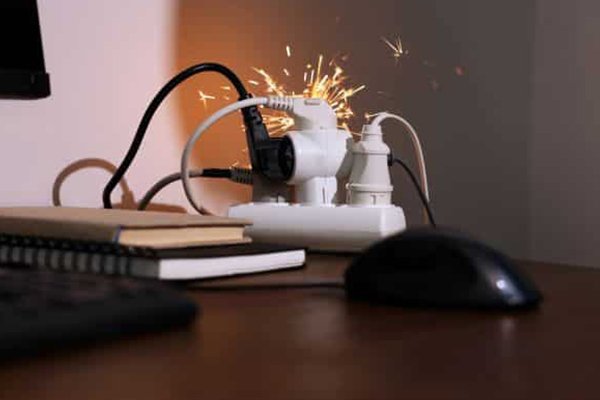
Let’s face it—we’ve all been tempted to plug just one more thing into that crowded power strip. But not everything belongs there. Some devices? Big mistake.
You should never plug high-wattage appliances1 like space heaters2, refrigerators, or hair dryers3 into a power strip. These devices draw more power than strips are designed to handle and can cause overheating, tripping, or even electrical fires. Always check wattage ratings and plug heavy-duty appliances directly into wall outlets.
That power strip might look harmless—but it has limits.
High-Power Appliances That Should Never Use a Power Strip
It’s easy to forget just how power-hungry some devices are—until your strip melts or trips your circuit breaker.
Avoid plugging in anything that generates heat, has a motor, or runs on high wattage4. This includes microwaves, coffee makers, toaster ovens, air conditioners, and washing machines. These appliances require more amperage than typical strips are built to handle.
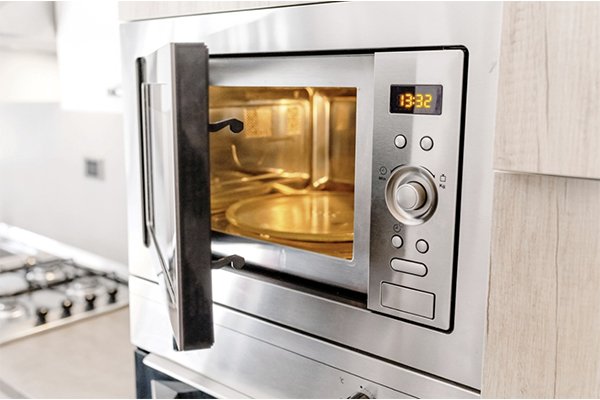
Common High-Wattage Items to Avoid:
| Appliance | Average Wattage | Safe to Plug into Power Strip? |
|---|---|---|
| Microwave | 1000–1800W | ❌ No |
| Air Conditioner | 1500–2000W | ❌ No |
| Washing Machine | 500–1200W | ❌ No |
| Toaster Oven | 1200–1800W | ❌ No |
| Space Heater | 1000–1500W | ❌ No |
If it hums, heats, or spins—don’t risk the strip.
Why Space Heaters and Hair Dryers Are Major Red Flags
Let’s talk about the repeat offenders: space heaters2 and hair dryers3. Small in size, but not in power draw.
Space heaters and hair dryers3 can quickly overload a power strip because of their high and sudden power demands. They’re notorious for starting fires when plugged into the wrong outlet. Always plug these directly into the wall.
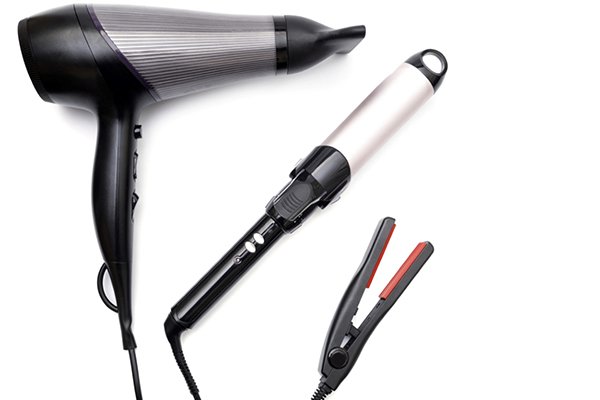
Why They’re So Risky:
- Hair dryers can spike up to 1800W when used on high heat
- Space heaters draw continuous current for long periods
- Power strips often aren’t rated for that kind of sustained load
| Device | Max Wattage | Safer Plugged Into |
|---|---|---|
| Hair Dryer | 1600–1875W | Wall outlet only |
| Space Heater | 1000–1500W | Wall outlet only |
And yes—I once nearly tripped the breaker just trying to dry my hair while the heater was on. Lesson learned.
The Danger of Plugging in Refrigerators and Freezers
This one surprises people the most. “But it’s just running quietly in the corner…”
Refrigerators and freezers should never be plugged into power strips. Their motors cycle on and off unpredictably, drawing heavy startup currents. This can cause voltage drops or damage the appliance—or worse, start a fire.
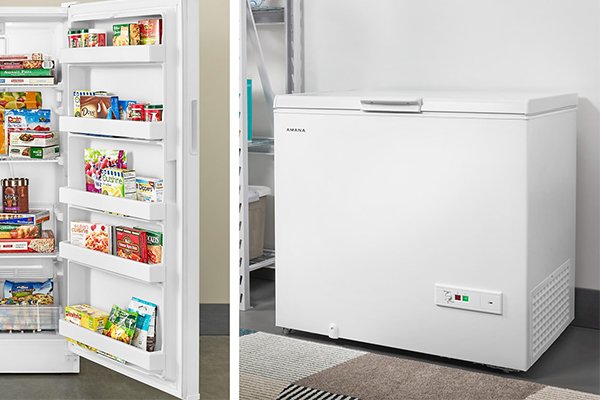
What Happens Behind the Scenes:
- Startup surge far exceeds normal running wattage
- Can trip the power strip’s internal breaker repeatedly
- May overheat wires hidden inside the strip casing
| Appliance | Startup Surge | Safe Connection |
|---|---|---|
| Refrigerator | 800–1200W | Dedicated wall plug |
| Chest Freezer | 600–1000W | Wall plug only |
And if your fridge is keeping medication or sensitive items? Don’t risk a power strip blackout.
Medical Devices and Sensitive Electronics: Use with Caution
If your life—or data—depends on a device, don’t cut corners with how it’s powered.
Medical devices, CPAP machines, and sensitive lab electronics need clean, stable power. Power strips may introduce fluctuations or cut out unexpectedly. Instead, use surge protectors5 with voltage regulation or uninterruptible power supplies (UPS).
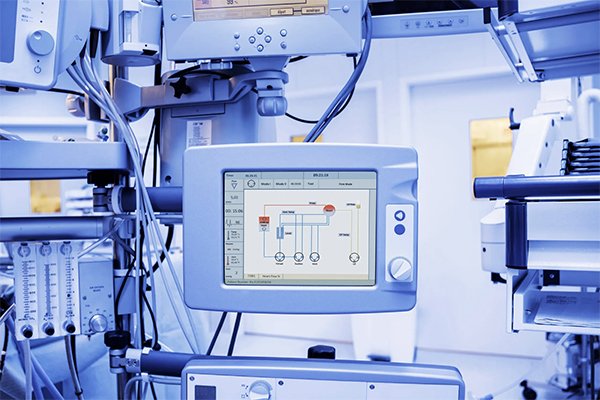
Be Extra Careful With:
- CPAP machines and oxygen concentrators
- Hospital-grade monitors or home dialysis equipment
- Laptops or servers holding critical data
| Device Category | Recommended Setup |
|---|---|
| Medical Devices | Surge protector / wall plug |
| Lab Equipment | UPS or regulated source |
| Backup Hard Drives | Surge protector only |
It’s not just about safety. It’s about peace of mind.
Conclusion
Power strips are useful—but they’re not invincible. Keep them for lamps, chargers, and light-duty devices. For everything else, especially appliances that heat, cool, or support life—go straight to the wall.
-
Understanding high-wattage appliances is crucial for safety and preventing electrical hazards. ↩
-
Space heaters can cause fires if misused; learn more about their safe usage. ↩ ↩
-
Hair dryers draw significant power; find out why they should be plugged directly into wall outlets. ↩ ↩ ↩
-
Knowing high wattage limits can prevent electrical overloads and potential fires. ↩
-
Understanding surge protectors can help you choose the right device for protecting your electronics. ↩






